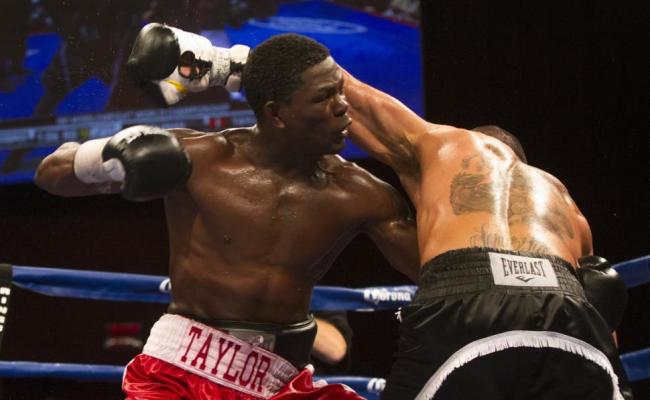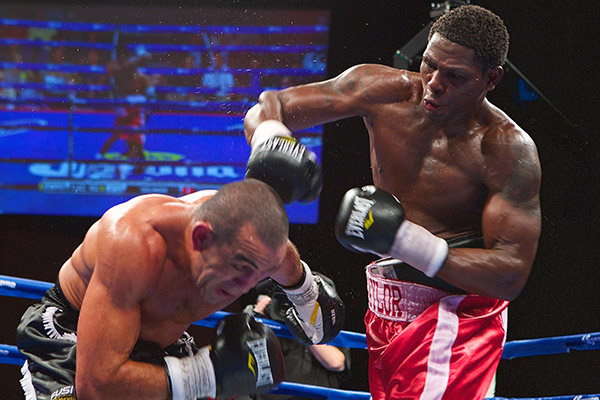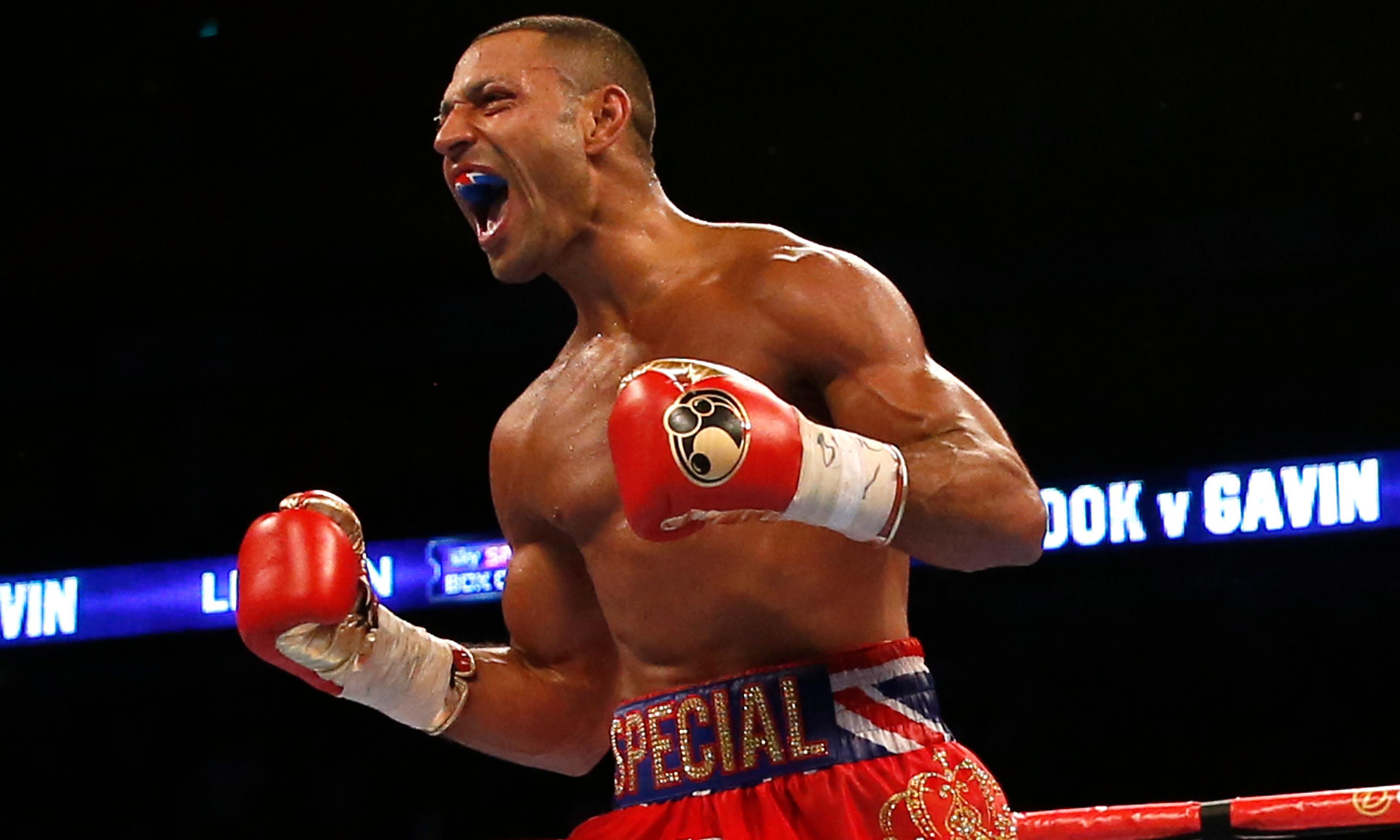Jermain Taylor Rises From the Ashes
Jermain “Bad Intentions” Taylor is a middleweight champion again, which proves the boxing world eats its young and then recycles them. Last night in Biloxi, Mississippi, he outlasted champion Sam Soliman to win the IBF belt by unanimous decision. I say outlasted, rather than outboxed, because of the two men only Taylor’s body could withstand the rigours of fighting for twelve rounds. In the seventh Soliman re-aggravated his right knee, which severely hampered his defense. The 40-year-old’s frenetic style had prevented Taylor from landing combinations, but his injury made him an easy target and “Bad Intentions” subsequently began scoring knockdowns. Ultimately, neither man looked impressive in what was an overly sloppy fight. The fact it was for a world title reinforced the irrelevance of the IBF belt.
Taylor (33-4) should be given credit for winning. He did so under especially bad circumstances, given his legal trials stemming from an incident in August for which he’s been accused of shooting his cousin. Many also doubted his neurological health because of the brain bleed he suffered in 2009 after a fight with Arthur Abraham. Taylor was once great, as we have acknowledged, but surely his decision to continue boxing was nothing more than an exercise in financial desperation, and the fact he was allowed to was further incrimination of boxing’s callousness. After last night I can’t say either of these is untrue, but the fight unfolded as well as he could have hoped.
Before his knee betrayed him, Soliman’s (44-12) awkwardness created problems for Jermain. “Bad Intentions” couldn’t make optimal use of his jab because there wasn’t much to hit: his shorter opponent kept leaning down and away, which prevented Taylor from connecting with the jab-power right combination he repeatedly tried to set up. The first six rounds were close and neither fighter had particularly strong moments. What was noticeable was their contrast in appearance. The thirty-six year old Taylor still moves with the fluidity of a polished boxer, while Soliman lunges with the erratic movement of someone who compensates for their limited physical skills with effort.

Once Soliman’s right knee no longer worked, the fight degenerated into a series of weak knockdowns and slips. Taylor was the beneficiary of this shift but he wasn’t exactly punishing the Australian. Many of his shots weren’t landing flush, and had Soliman remained bipedal the fight would have much closer. Of course, Taylor cannot be faulted for this. He fought decently and Soliman’s bad leg was at least somewhat traceable to his pressure. But the Arkansas native was not good enough to overwhelm the champion, and there was no explosive pop in his punches. Put another way, Jermain Taylor looked his age on Wednesday, which is not an indictment of his health so much as it is likely evidence of natural physical decline.
Because of the hematoma he suffered in 2009, we are all highly attuned to any perceived changes in Taylor’s health. Most of us are not doctors, so when I write that his lack of pop might be ‘evidence of natural physical decline’, this might be the case, or it could be that Taylor’s body just didn’t feel right yesterday, which can happen to anyone regardless of age or history of traumatic brain injury. We have a propensity to read into things, I believe, so that we can draw conclusions about what Taylor’s ongoing participation means about him and the sport. Sometimes—like last night—we don’t get clear answers.
Beating a legless Sam Soliman doesn’t tell us anything about Jermain Taylor. The biggest question mark—whether he can take a significant punch—was never answered, in part because Soliman doesn’t have a lot of power, in part because the Autralian was too physically hampered to be dangerous. Notably, Taylor did not finish the champion inside the distance, which did nothing to counteract the perception he isn’t a twelve round fighter. Taylor’s body held up better yesterday than it did against Carl Froch, but Sam Soliman is not on Froch’s level and is neither skilled nor fearsome enough to exploit Jermain’s doubtful cardiovascular capacity.

Ultimately, there is little to take away. Taylor should be congratulated for his victory but his new title doesn’t make him a top middleweight. While Soliman’s toughness is admirable he is far from being the hardest test in a division dominated by big punchers. Taylor’s next fight might be against Cameroonian Hassan N’Dam, who unanimously decisioned Curtis Stevens last week. That fact Taylor now has a belt, regardless of what acronym is displayed on it, will make him a marked man in the middleweight division. He—and we—will wait to see where Al Haymon steers him next.
In light of Taylor’s recent problems this win must have felt fantastic. Six weeks ago he was arrested on an extremely serious charge and today he owns a title. It’s a fine story but one that loses its sparkle upon closer inspection: Taylor’s journey from arrestee to champion is a narrative with a stirring opening act but a thin climatic scene, because beating Sam Soliman for a forgotten belt doesn’t qualify as a redemptive win. It hasn’t resurrected Taylor’s career nor will it solve all his problems. It is a welcome change in his fortunes, though. For now that should be enough.
— Eliott McCormick





